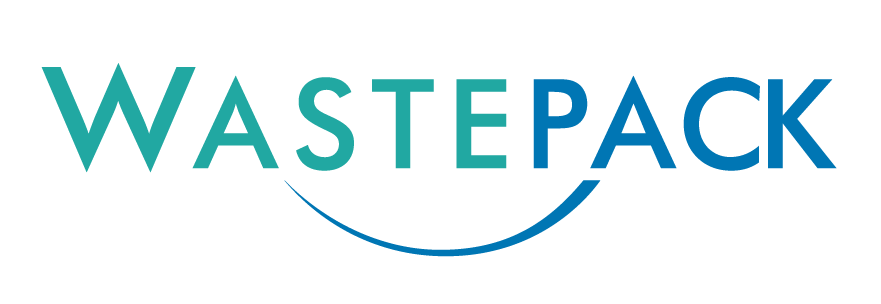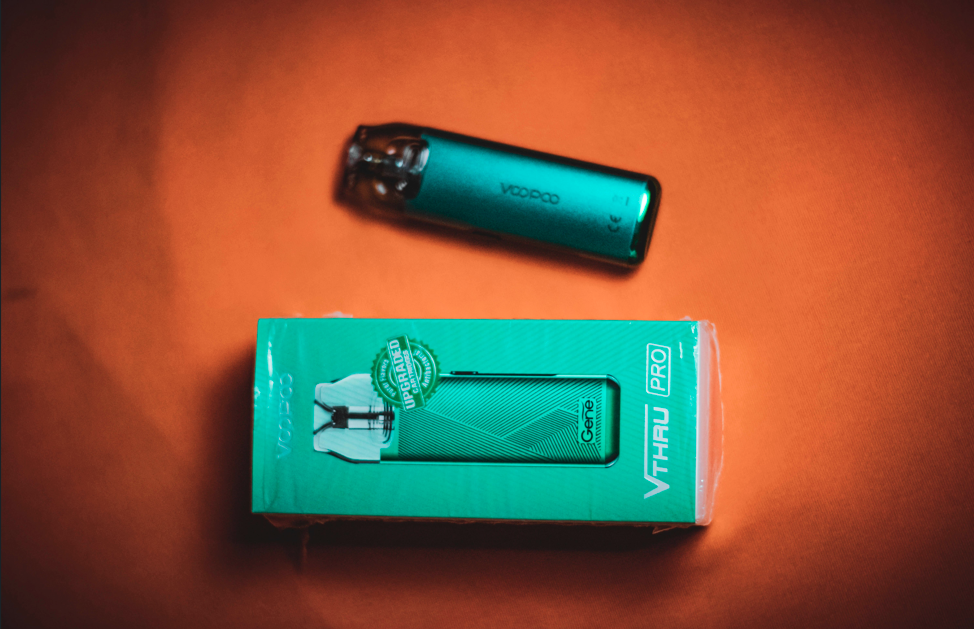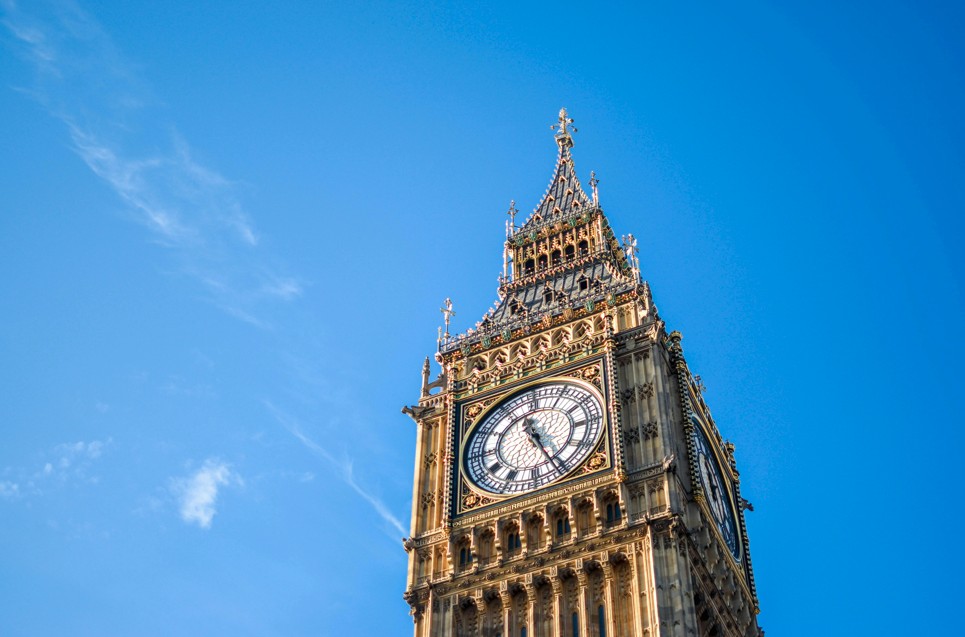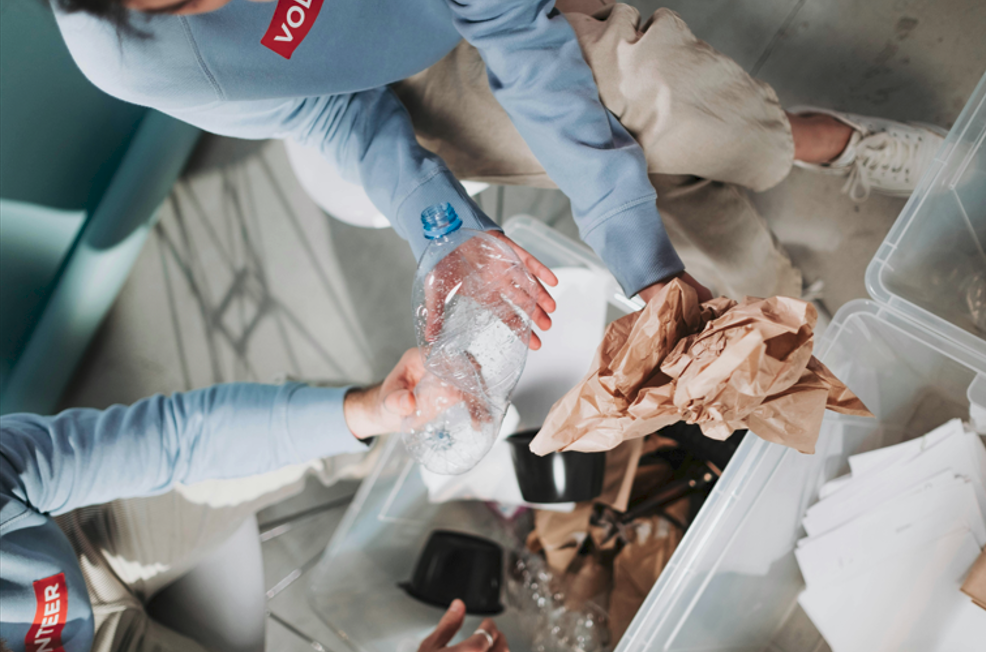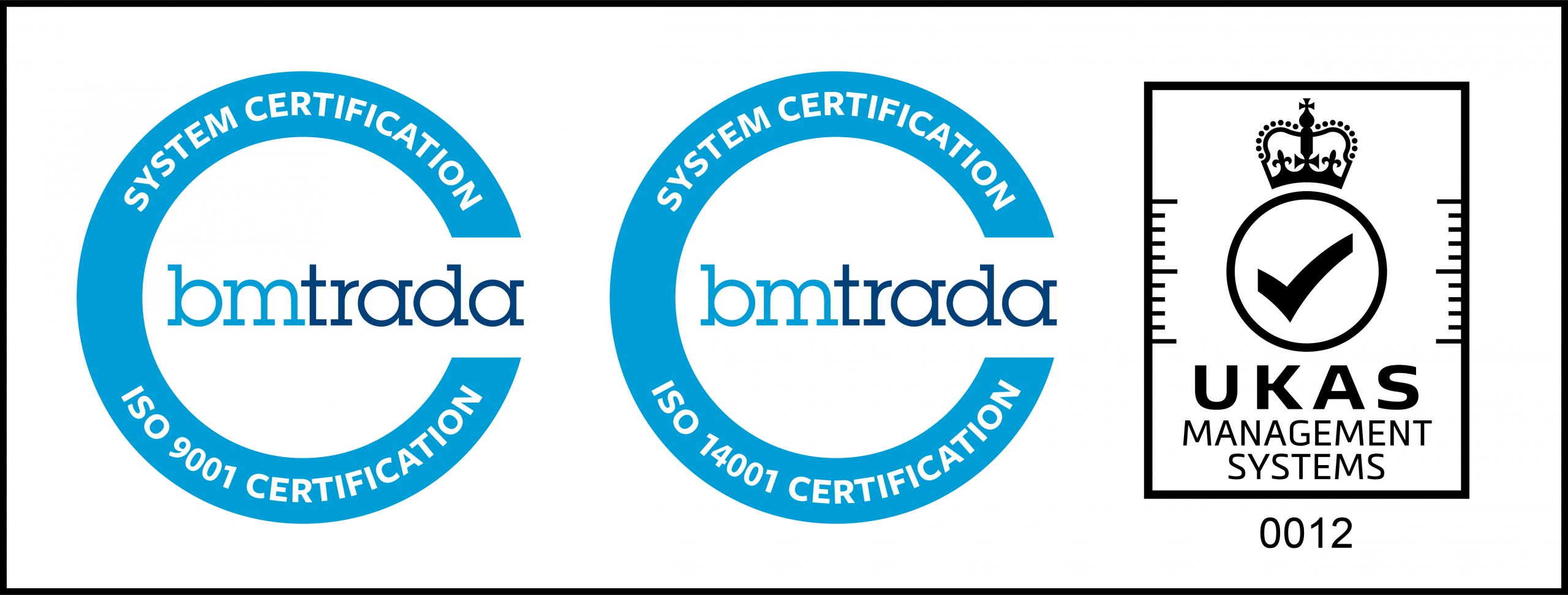Last year investigation by the Industry Council for Electronic Equipment Recycling (ICER), in cooperation with Defra and the Environment Agency (EA), it was confirmed that the levels of Persistent Organic Pollutants (POPs) in certain WEEE plastic is much higher than originally thought. This means that significant changes are looming for the classification of some waste plastic produced from the treatment of Waste Electrical and Electronic Equipment (WEEE).
The presence of these chemicals in WEEE has had a great effect on the reuse of WEEE as EEE, as well as the legal requirements for dealing with the segregation, treatment, disposal and export of these waste products.
For example this POPs containing plastic waste would previously have been recycled, but it is now required to be destroyed (or irreversibly transformed). The main method of disposal is high temperature incineration with energy recovery, but unfortunately there is currently a lack of capacity for this in the UK with the only viable option being export to Europe. This has had a massive impact on the cost of treatment across the whole industry for these materials.
The waste classifications of WEEE plastics has also been affected. When waste is moved or disposed of a waste transfer note is issued which records the type of waste, the producer of said waste and the disposal point. With POPs present in certain WEEE plastics these must now be classified correctly as a type of hazardous waste which in turn is subject to specific rules.
The Agency issued a Regulatory Position Statement (RPS) at the end of 2019 which confirmed that, providing current guidance is complied with, those who do not operate in accordance with the new guidance will not be penalised until 31st July 2020 – thus allowing time for industry to fully prepare for the new POPs rules.
